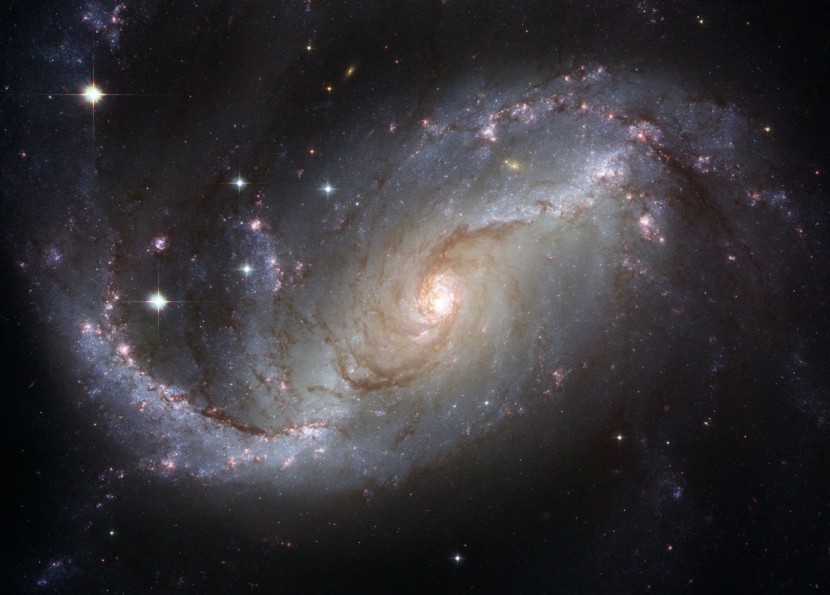
After a decade of being observed, the supermassive black hole's first confirmed heartbeat is going stronger than ten years past after its discovery.
In a report by Daily Express, it is only spotted by the X-ray satellite observations after its repeated beat was captured by the satellite as the beat has been blocked by the Sun for years.
According to astronomers, this is the longest heartbeat coming from a black hole that they have ever seen and about its structure and size when close to the event horizon, the area around the black hole wherein even light cannot escape.
Chinese Academy of Sciences', China University's, Durham University's, UK, and the National Astronomical Observatories' research appeared in the monthly journal notices of the Royal Astronomical Society.
First detected in 2007, the heartbeat of the black hole is at the galaxy's center which is called RE J1034+396, with a distance of approximately 600 million light-years from Earth.
The galactic giant's emitted signal was hourly repeated and it can be observed in several snapshots taken, but in 2011, satellite observations to the galactic giant were blocked by the Sun itself.
Phys.org also reported that, the European Space Agency's XMM-Newton X-ray satellite was able to observe again the black hole in 2018, and scientists looking at the re-observation were amazed as they can still record the same repeated heartbeat.
Falling matter to the supermassive black hole feeds its surrounding material's accretion disc which releases a huge amount of power coming from a comparatively small region of space, but what rare is the specific repeated pattern that it emits like a heartbeat.
The interval between beats can be used to visualize the structure and size of the matter which is close to the event horizon of the black hole.
Durham University's Centre for Extragalactic Astronomy's Professor Chris Done collaborated with Temple Chevalier Chair of Astronomy's Professor Martin Ward regarding the findings.
Done shared that the main idea of how this heartbeat was formed is the expansion and contraction of the accretion disc's inner parts.
He also shared that the only other system which was discovered to do the same thing is a stellar-mass black hole in our Milky Way but it is 100,000 times smaller which is fed by the binary companion star, accompanied by smaller luminosities and timescales correspondingly.
In a report by SciTech Daily, Done also mentioned that this also depicts that simple scalings with black hole mass work even with rarest types of behavior.
National Astronomical Observatories, Chinese Academy of Sciences' and research lead author Dr. Chichuan Jin emphasized that the heartbeat is just amazing.
The lead author also mentioned that it only proves that he signals which arise from a supermassive black hole can be very persistent and strong, and it also provides scientists the best opportunity to do further investigation and conduct research regarding the origin and nature of the heartbeat signal.
Research's next step is performing a comprehensive analysis of the amazing signal and after comparing it to the stellar-mass black holes' behavior in the Milky Way.
Related article: Asteroid Hit That Killed Dinosaurs With Fatal Angle May Have Caused Climate Change on Earth








